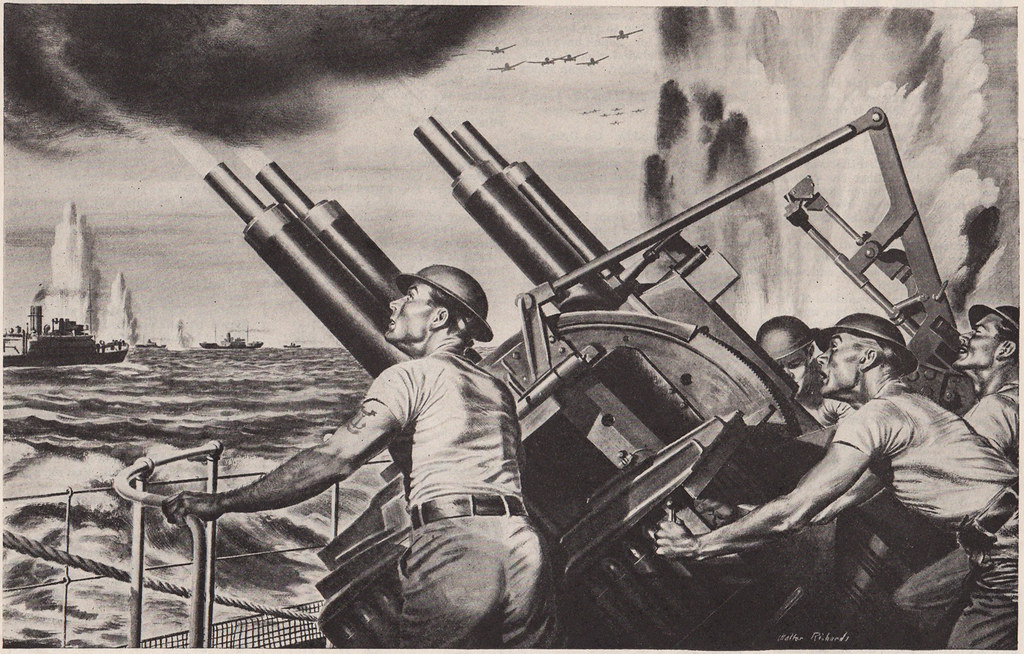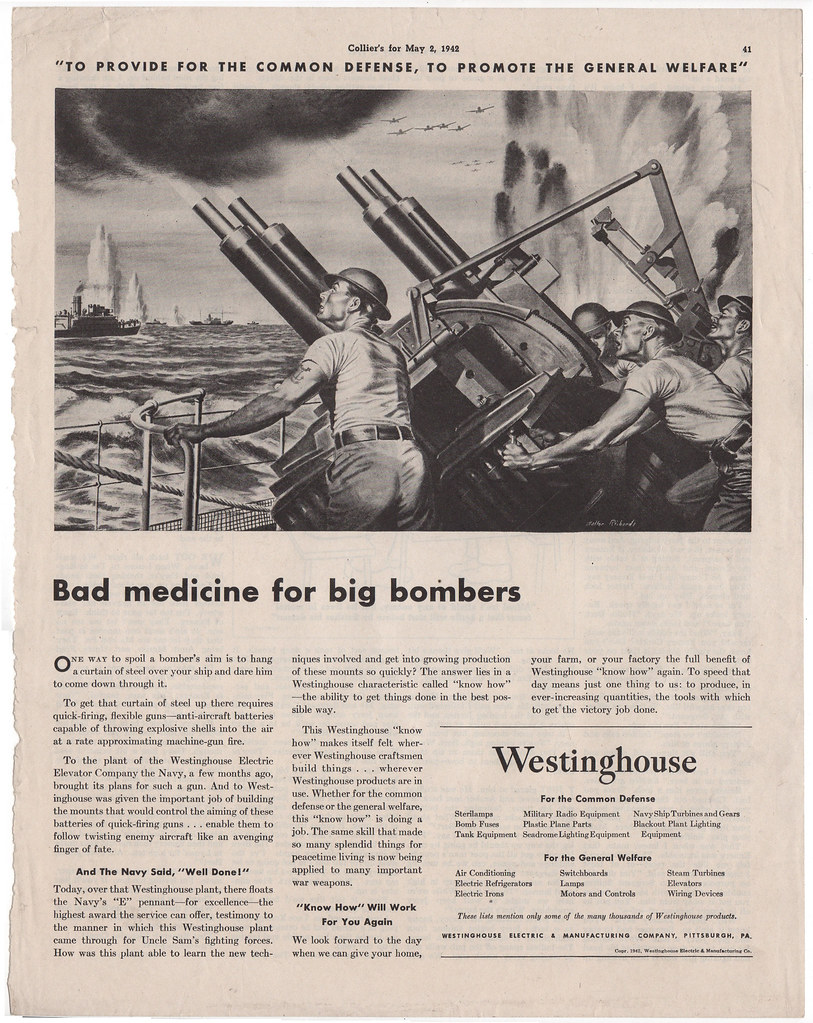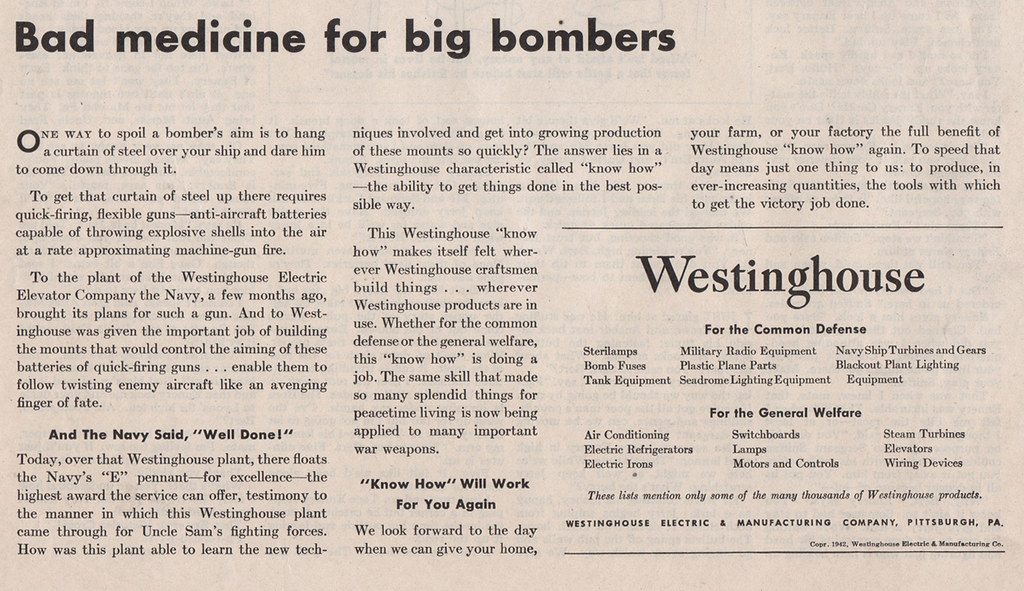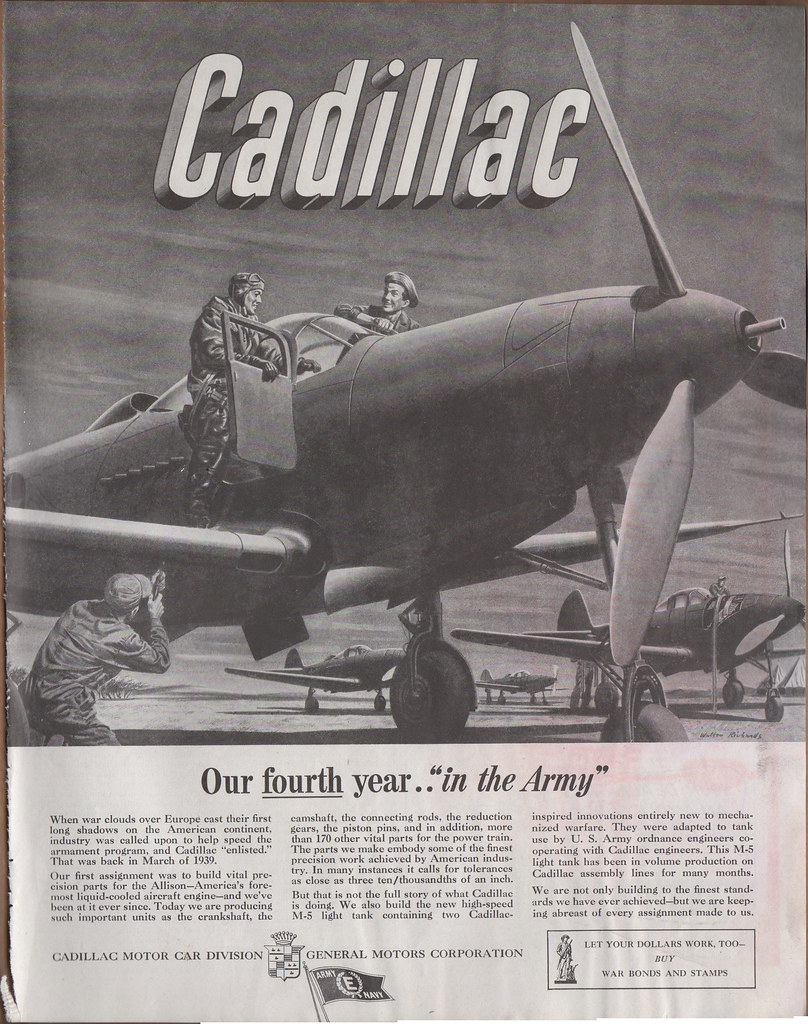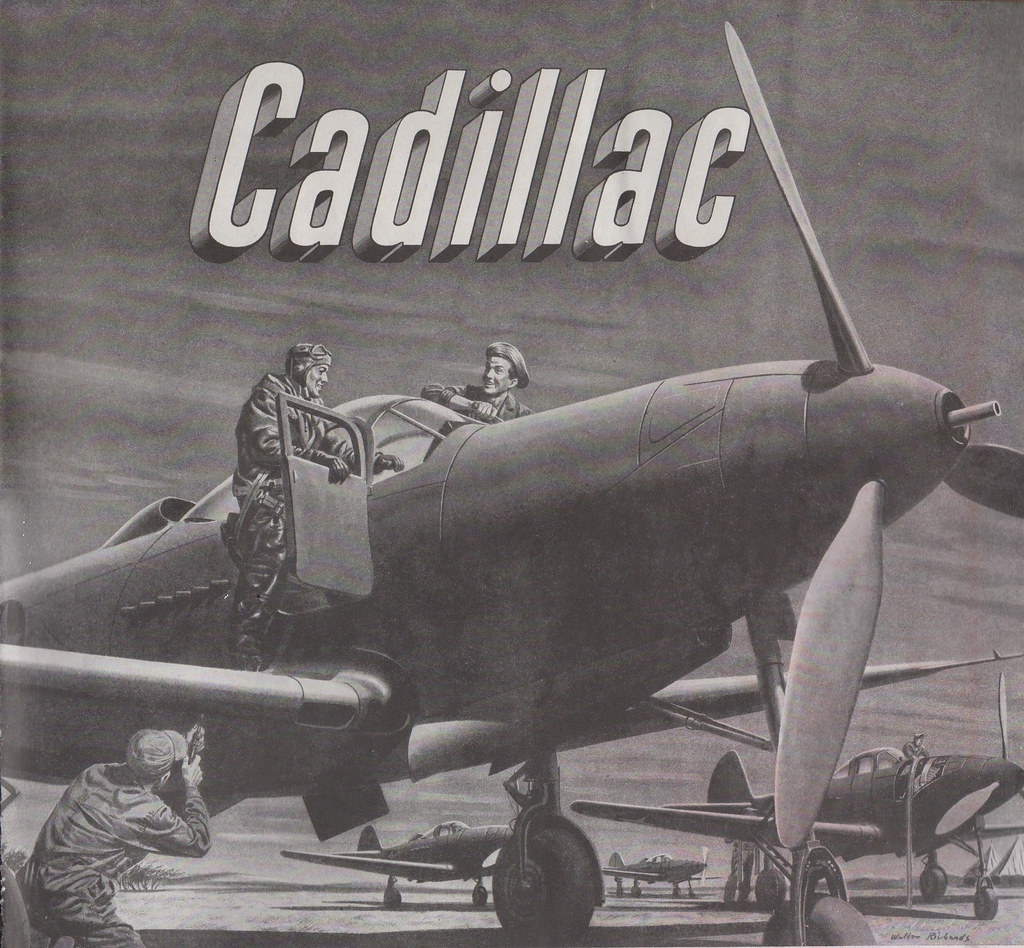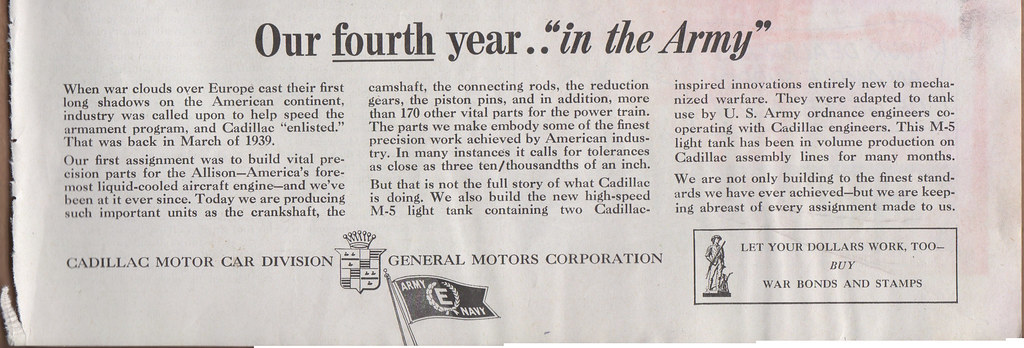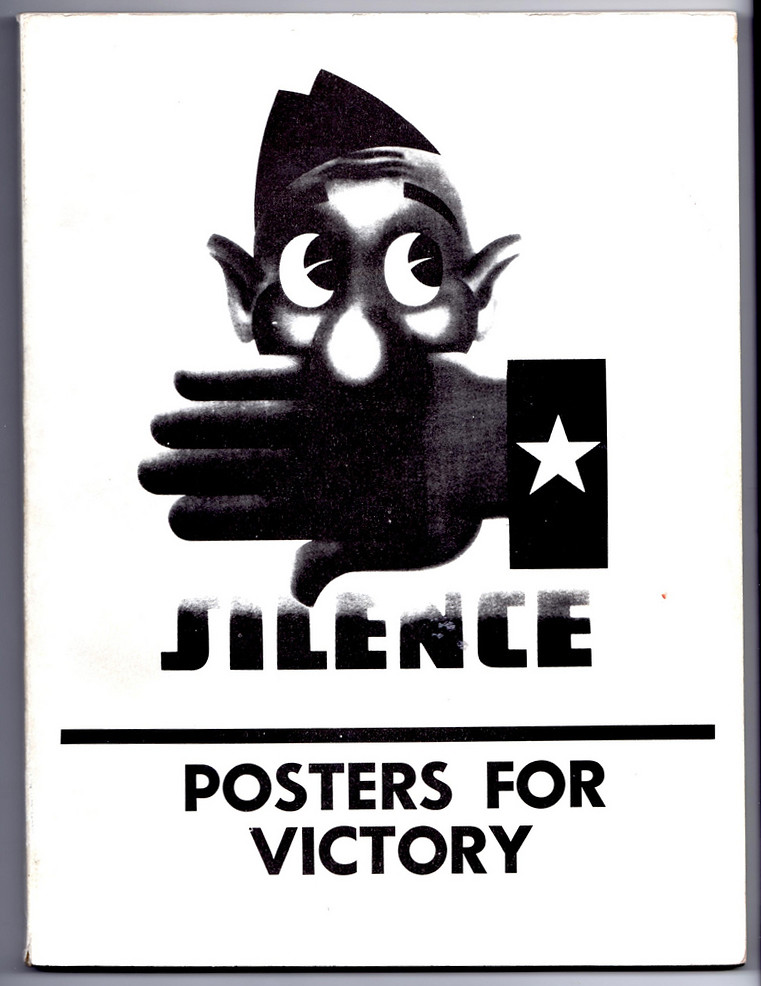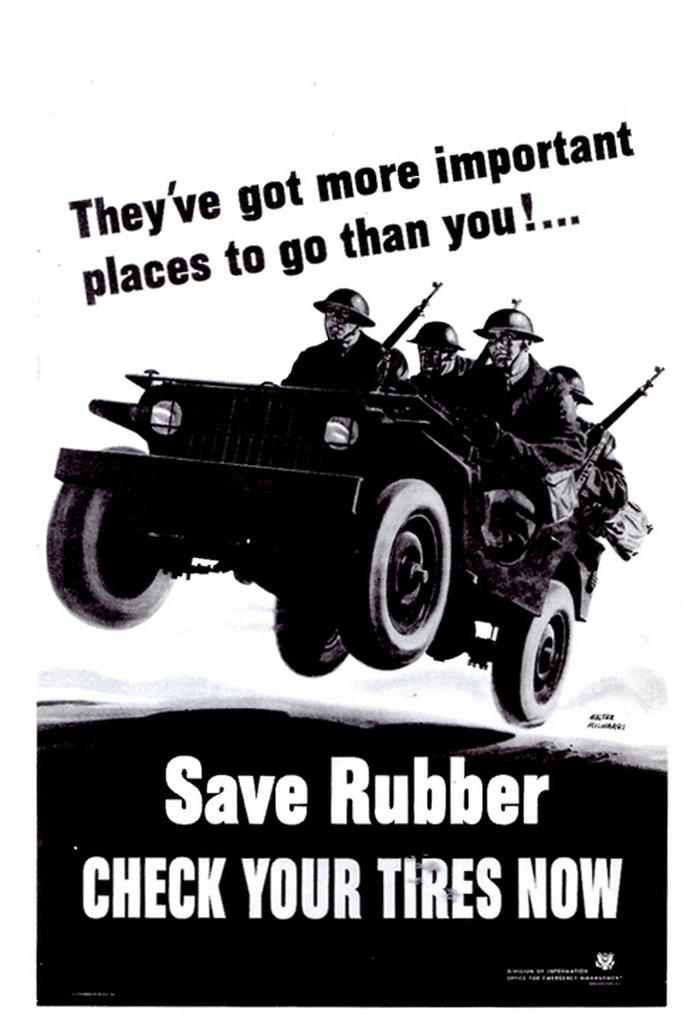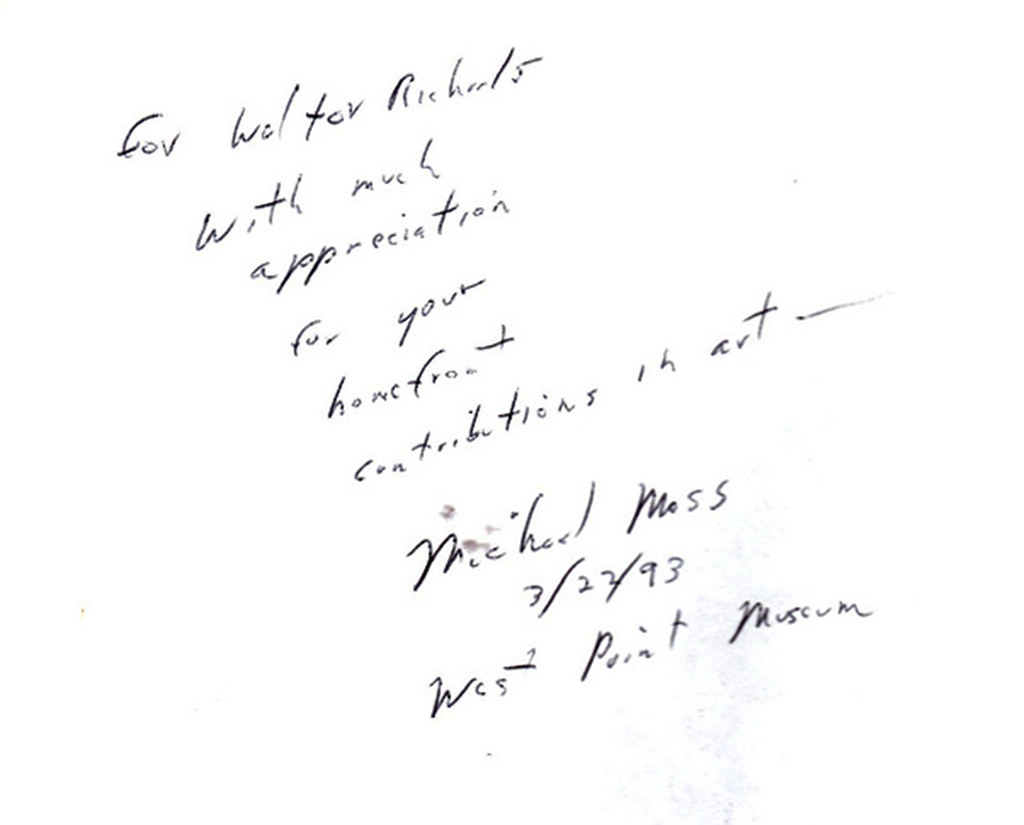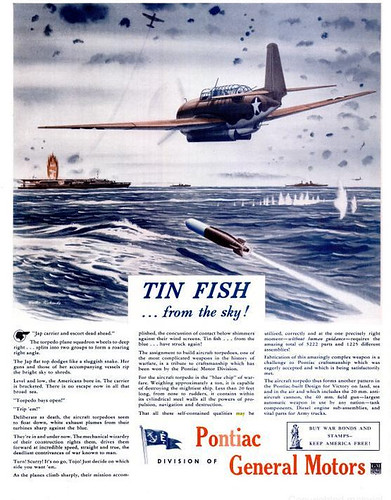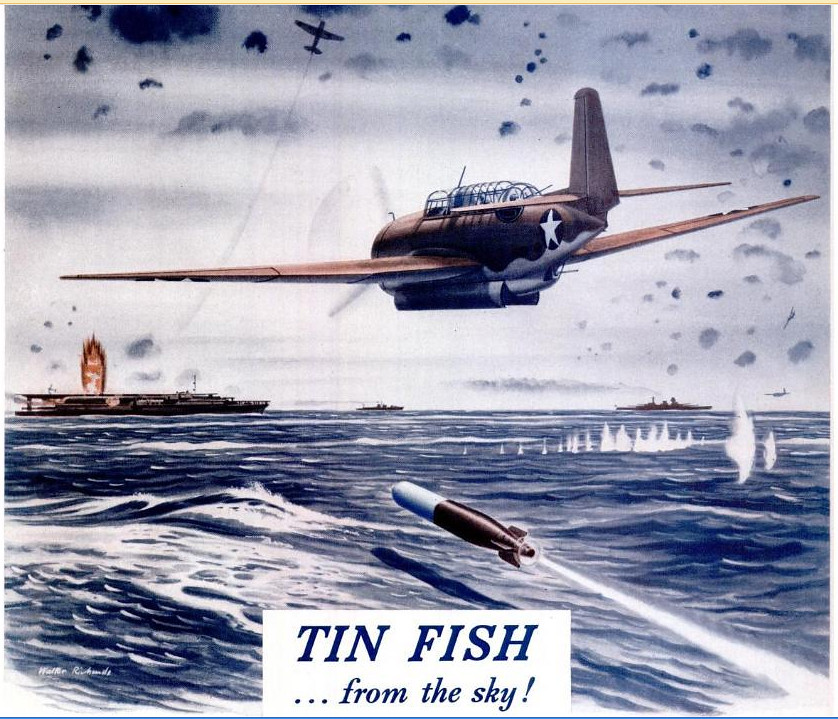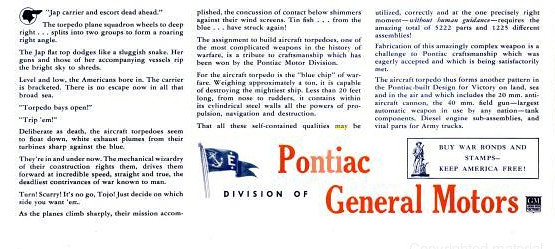
As the Winchester Ad explains, Columbus "saw dim, flickering lights in the West." This illustration depicts what that flickering light may have been.
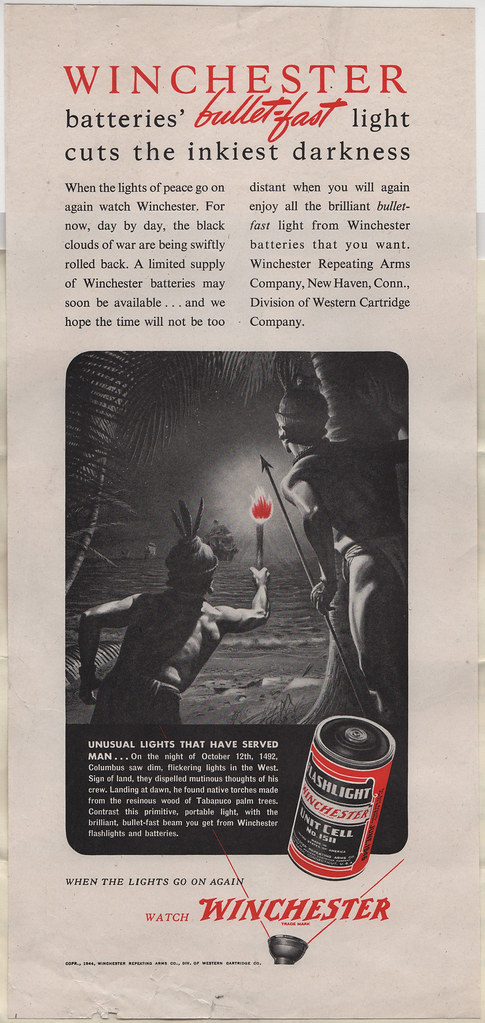
According to the write-up, the natives of the Americas possibly used Tabanuco tree wood resin as thier burning material for torches. Now I know.

Winchester Repeating Arms Company was a division of Western Cartridge Company located in New Haven, Connecticut in 1944.
**If you look closely, you may notice Walter's signature is nowhere to be found on this illustration. Many of the illustrations I've uncovered were set aside by either my father or by the artist himself (my Grandpa) as illustrations he produced as commercial art. In fact, I found hundreds of such clippings in one box marked 'Personal Illustrations'; this is one of them.
